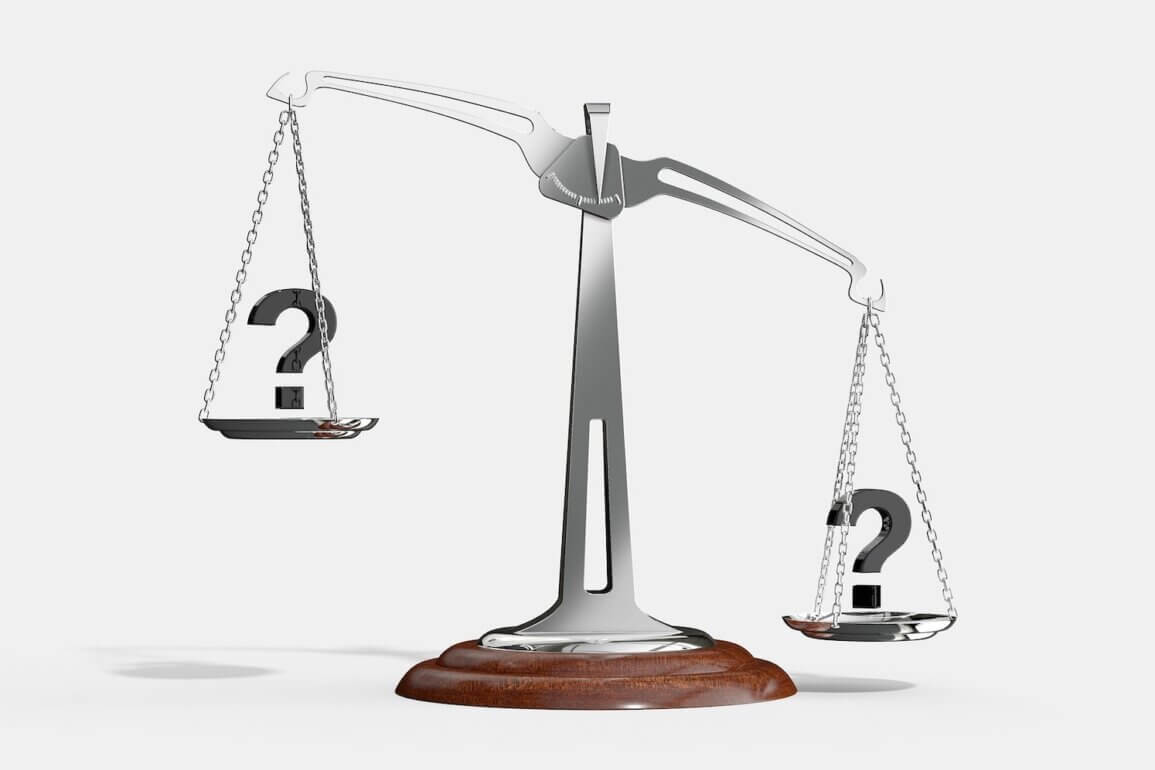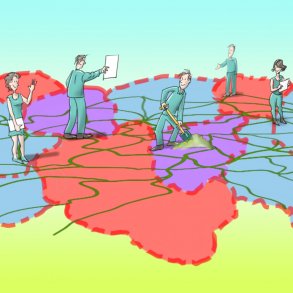By Lennard Toma and originally published as a single article in the Corporate Rebels blog
First read Part 1 of this article here, which describes each of 4 decision-making processes and its advantages and disadvantages..
Comparison
When examining these four methods, it becomes clear that they are distinct from one another. S3 and IDM share many features, but Deep Democracy and the Advice Process adopt different perspectives and unique foundational positions. Deep Democracy appears to be particularly effective for complex decisions that require everyone to be involved and approve the outcome, while S3, IDM, and the Advice Process are all focused on efficiency and expediting decision-making.
The Advice Process is the easiest to implement, followed by S3, then IDM (where most of Holacracy is needed to execute it properly), and for Deep Democracy, a trained facilitator is necessary for successful implementation. The Advice Process is the most rebellious, as it involves letting go of a lot of control. Therefore, if you require more control, S3 or IDM may be more suitable.
All of these methods provide a means of involving others, whether in the decision-making process or just the proposal. They are all tension-based and primarily concerned with decisions that are important in the present.
When to Use
In an ideal scenario, a combination of these methods would be used depending on the situation at hand. There are no clear boundaries that dictate when to use which method, but in my opinion, the following would be appropriate:
- The Advice Process is excellent for small to medium-sized, everyday problems. This could include anything from painting walls to hiring interns or using a new design tool. It works well when combined with roles, as colleagues can have full autonomy within their roles, as long as they seek advice on some matters now and then. It’s beneficial because it allows all colleagues to have a say in the matter and make decisions on a variety of different issues.
- For more complex problems or when committee-type decisions are required (such as determining salaries or hiring a new employee or developing a new strategy), S3 or IDM would be useful. Personally, I prefer S3 because I feel that IDM requires a deep understanding of the Holacracy language, which takes a significant amount of time to learn. Of course, a lighter version can be used, but S3 achieves the same results more quickly.
- If there is something underlying that is hindering decision-making or a proposal that is causing a lot of emotions, then Deep Democracy is perfect for getting to the bottom of things. Additionally, for large and complex decisions that involve many people who need to approve the outcome, Deep Democracy would be a suitable option.
Of course, there is much more to be said about these methods, but the article is already quite long. The most critical thing is to experiment with them and determine what works best for your organization and colleagues. Remember, these methods are not set in stone, so feel free to tweak them in any way you like, and don’t hesitate to ask for help when necessary.
The numeral 4 has been added to the title of this article by Enlivening Edge Magazine, for clarity.
Featured Image by Arek Socha from Pixabay




